Safa Daud
Conservation Leader
Safa Daud is a PhD researcher at Goldsmiths University London focusing on the environmental impacts on the Amazon rainforest, particularly focusing on transnational environmental/legal activism in the Brazilian Amazon. She examines the effectiveness of legal frameworks in protecting our ecosystems, especially the Amazon Rainforest, and how environmental cases are being brought forward through transnational legal activism. Her project is approached through Utilizing Geographic Information Systems (GIS) in the Brazilian Amazon, indigenous testimonies, participant observation with key actors, document analysis of legal frameworks. Safa's research aims to understand how transnational legal activism is emerging to address ecological issues that existing legal systems often overlook.
In addition to their academic work, Safa actively volunteers in conservation projects. Most recently, they contributed to data collection and assessment of seagrass habitats in the southeast of England, demonstrating a commitment to both local and global conservation efforts.
Learn more about Safa Daud
July 8, 2025
What COP29 Taught Me About the Future of Amazon Conservation
When I landed in Baku, Azerbaijan, to attend COP29, I had a knot in my stomach. It was my first time attending a global climate conference of this scale, and not just any summit, but the UN Climate Change Conference. I didn’t know what to expect, who I’d meet, or where the days ahead would take me. I’d arrived for the second week, the part of COP when the real negotiations kick off. A friend who’d been there from the start gave me a quick update on week one and added, “Now is when the actual talks begin.” And she was right.
COP29 was focused on one core theme: climate finance. From the negotiation halls to the side events, the conversation revolved around how to raise at least $300 billion annually by 2035 to support mitigation and adaptation efforts, especially in low-income countries. But what made this COP unique was the growing push to move beyond traditional, market-based mechanisms like carbon offsets, and instead embrace non-market approaches that prioritize cooperation, local knowledge, and long-term ecological resilience. The question wasn’t just how much money should flow, but how it should be spent, and who gets to lead.
Inside the Green and Blue Zones
One thing you quickly learn about COP is that it’s impossible to be bored. The event is massive, bursting with energy. COP is split into two main zones: the Green Zone and the Blue Zone. The Green Zone is open to the public where you can find a variety of interactive exhibitions, student events, climate tech demos, and networking spaces. It’s where countries and civil society show off their innovations in a vibrant, sometimes festive atmosphere- yes, there were snacks and freebies, too! It’s fun, it’s inspiring, and it gives you a glimpse of how climate solutions are being imagined from the ground up.
But it’s in the Blue Zone where the real decisions get made. This is the space reserved for negotiators, national delegates, Indigenous leaders, NGOs, legal experts, and scientists. Here, climate targets are debated, language is dissected, and deals are struck, or stalled. And this is where I spent most of my time, proudly representing the Amazon Center for Environmental Education and Research (ACEER),an organisation committed to biodiversity, Indigenous rights, and education in the Amazon Basin.
Being in the Blue Zone was both exhilarating and, at times, politically charged. The climate finance discussions were essential, and long overdue. A significant part of COP29’s core agenda revolved around how developed countries would mobilise funding to support developing nations in meeting their Nationally Determined Contributions (NDCs). This was not just a technical issue, but a matter of climate equity and historical responsibility. While some progress was made, such as the commitment to raise $300 billion annually, many delegates from the Global South expressed concern that the pledges still fell short of the $500 billion initially requested, and that there were few enforceable guarantees. These finance negotiations are critical, especially for frontline nations already facing disproportionate climate impacts.
Amongst these vital conversations, there was a noticeable gap in high-level attention to conservation and forest governance, particularly when it comes to the Amazon. While mechanisms like REDD+ were featured, including updates on new market-linked initiatives during COP29, many still relied on carbon offset trading, a model that has faced serious criticism for its failure to protect forests, prevent greenwashing, or ensure Indigenous land rights. The broader vision for legally enforceable, regionally coordinated conservation strategies felt somewhat sidelined. In a conference so focused on money, the structural reforms needed to make that money count, especially in protecting ecosystems like the Amazon, didn’t always take centre stage.
A Ray of Hope: The JMA-ARM Session
Then came the moment that shifted everything for me: the Joint Mitigation and Adaptation Amazon Regional Mechanism (JMA-ARM). Tucked away in a side event co-hosted by Bolivia and the COP Presidencies Troika (UAE, Azerbaijan, Brazil), this session was a breath of fresh air. It focused entirely on a regional strategy for Amazon conservation, the very thing I had come searching for. JMA-ARM is a policy framework that reimagines forest protection not as a commodity, but as a regional, Indigenous-led, legally coordinated mission. Originally proposed by Bolivia in 2012 as a non-market alternative to REDD+, the mechanism has now re-emerged as one of the most promising conservation strategies discussed at COP29.
At its heart, JMA-ARM rejects the logic of carbon markets. Instead, it emphasizes ecosystem resilience, Indigenous governance, and direct international financing without the strings of offset schemes. During the session, Bolivia’s Environment Minister spoke passionately about the need for unified action across Amazonian nations, while Brazil stressed the importance of coherence across national and regional policies, pointing out that deforestation reduced in one country often just shifts to another with weaker laws. The first pilot phase of JMA-ARM is planned for 2025, with hopes for full rollout at COP30 in Brazil, a potentially historic milestone.
What excited me most about JMA-ARM was not just its content, but its energy. It wasn’t vague or theoretical. It was full of concrete proposals, like expanding agroforestry, investing in Indigenous-led eco-tourism, securing land rights, and embedding forest governance into national legal systems. For ACEER, whose work includes environmental education, research, and Indigenous partnerships, this is a call to action. We are perfectly positioned to contribute, connect, and help implement ma]ny of these goals.
Land Rights, Law, and the Amazon Pavilion
In parallel, the Amazon Pavilion (features during cop) at COP29 offered powerful insights into land governance and Indigenous inclusion. Speakers emphasized that deforestation can’t be solved without land tenure reform, legal enforcement, and respect for traditional ecological knowledge. In places like Pará and Maranhão in the Amazon, infrastructure projects often proceed without Indigenous consultation. Land registries remain outdated, enforcement is weak, and illegal logging and ranching continue to thrive.
Brazil’s Environmental Rural Registry (CAR) was discussed as a tool for improving land transparency, but it faces implementation gaps. Satellite technology is making deforestation easier to monitor, but tech alone isn’t enough. Without legal accountability and political will, enforcement is still shaky. Environmental lawyer Enéas Xavier, who I spoke with during the week, explained that many Amazonian states are working to update and align their laws, but they need support, both financial and institutional, to succeed.
The Rise of Transnational Legal Activism
What I witnessed throughout COP29 was the emergence of transnational legal activism as a serious force in climate governance. COP29 showed that the battle to protect the Amazon is not only ecological, it’s legal and political. From Indigenous lawsuits against extractive corporations to regional agreements like JMA-ARM, we’re entering an era where law and policy are becoming our strongest tools for environmental protection. And for organisations like ACEER, that means stepping up: building bridges between science and law, between local communities and global platforms
Transnational legal activism gives us a new avenue to channel scientific evidence, elevate Indigenous voices, and challenge impunity for environmental destruction. It creates a bridge between local experience and international accountability.
As I moved through the Blue Zone, I kept returning to this question: what happens when legal frameworks are shaped not just by diplomats or corporations, but by scientists, communities, and educators? The answer, I believe, is transformation, not just of policies, but of power and influence
So yes, my COP29 journey began in uncertainty. I felt overwhelmed, anxious, unsure of how to navigate a space this complex and this big. But by the end, I left with clarity, direction, and a deepened sense of purpose. The conversations I had, the events I attended, and the people I met reminded me that meaningful change doesn’t happen in isolation. It happens when scientists, lawyers, educators, Indigenous leaders, and policymakers come together, not just to share ideas, but to build frameworks that shift power, fund solutions, and protect the living systems we all depend on.
The Amazon is not just a forest. It’s a future. And COP29 made it clear that the world is finally beginning to treat it that way.
Where We Go From Here
As we move into a post-COP29 landscape, ACEER is in a powerful position to build on this momentum. By engaging with JMA-ARM partners, supporting Indigenous-led legal advocacy, and translating scientific research into policy-relevant action, we can help shape a more just and effective future for the Amazon.
If you’re part of an organisation, academic institution, or local community that wants to collaborate- let’s talk. The work of protecting the Amazon cannot be taken lightly. It requires networks, partnerships, and a shared belief that conservation and justice must go hand in hand.
Get in touch. Join our mission. Be part of the Amazon’s future.
